When Japan’s military got word about Operation Causeway, an all-out invasion of Taiwan the Americans were considering in 1944, they set about preparing their defenses. In one location in the south, an enormous complex of bunkers, tunnels, pillboxes and command posts was dug into a mountain overlooking the beach where it was anticipated the Americans would try to land. This reminder of the bloody invasion that could have been now lies abandoned but mostly intact in Pingtung County’s Fangliao (枋寮) Township.
After sitting dormant for decades, this complex — known as the Stone Barracks (石頭營) in Chinese — found itself in the public spotlight again recently when a renewable energy company started building a solar farm on land adjacent to the old military site. Locals protested the environmental destruction that was, ironically, happening in the name of environmentally-friendly energy. They were also concerned about the loss of habitat for the several bat species that were living in the manmade tunnels and, of course, the potential destruction of the tunnels themselves.
The solar farm’s construction was entirely legal, and even though the presence of these fortifications was known when the development permits were issued, the fortifications were not deemed any more important than the rest of the land as they were already “abandoned.” Only after locals started to protest was construction temporarily halted so that investigations could be conducted and plans for the next phases of construction altered to preserve these important remains.
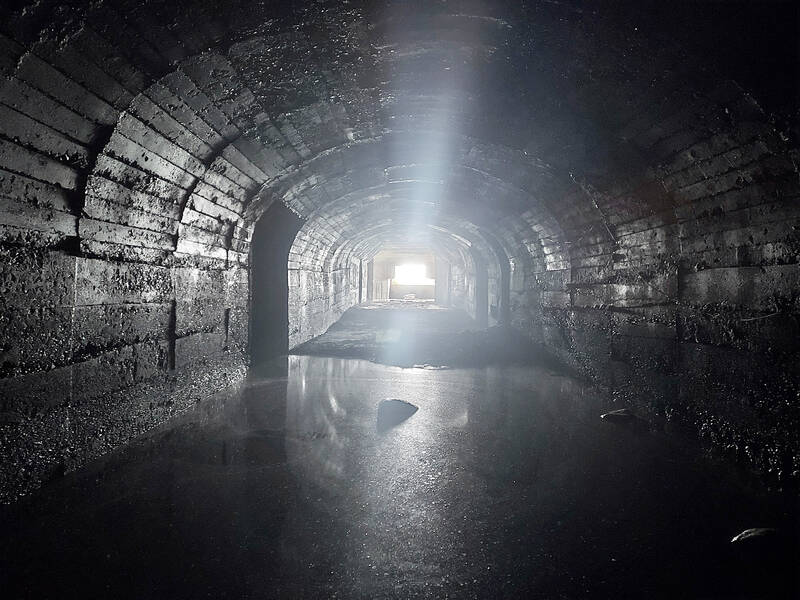
Photo: Tyler Cottenie
A FAKE TEMPLE AND A FAKE TOMB
In fact, the whole area surrounding the solar farm is peppered with a combination of Japanese-built fortifications, others built by the Republic of China (ROC) and others that were originally Japanese but repurposed by the ROC. Some of these are standalone while many are interconnected. The easiest ones to find are right along the entrance road to the Shengli solar farm (生利太陽能光電廠), which is just to the east of the Dapeng electrical substation on Pingtung County Road 185. Several three-meter-high gun emplacements are embedded in the hillside on the left side of the road. More likely lie further ahead, but there is a gate blocking access as the land belongs to the solar farm. The structures are in excellent shape and can be freely entered on foot. Heading south on the road that parallels County Road 185, another half-dozen pillboxes are hidden just behind the bamboo on the left side of the road.
More difficult to locate — but much more intriguing — are the fortifications in nearby Sinkai (新開) Village, to the south of the solar farm. After driving through the core of the village, there is a fork in the road about half a kilometer ahead. Take the left fork and you will soon see a pillbox on the side of the road. Have a look around here for a concrete temple hidden in the bushes: this is actually not a temple but a secret entrance that connects to the pillbox through a short tunnel.
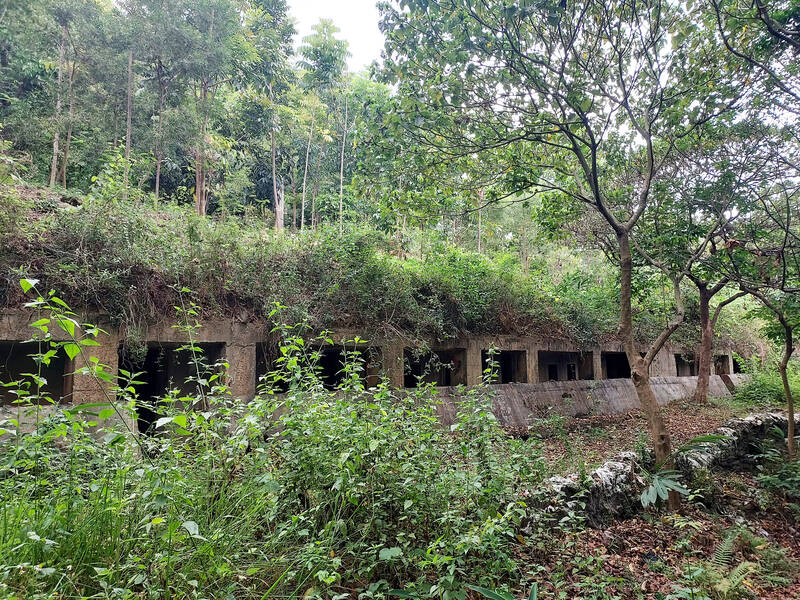
Photo: Tyler Cottenie
Just around the next curve in the road, hidden in the bushes on the left, is a small network of tunnels that are actually brick-lined trenches topped with concrete slabs and vegetation. The tunnels are invisible from ground level, and though their entrance is in plain sight, it too is undetectable. A fake tombstone, complete with inscription and virtually identical in style to the tombstones seen throughout rural Taiwan, has been erected to disguise the entrance. After removing the concrete block covering the square manhole in front of the tombstone, you can lower yourself into the tunnel below.
THE MOUNTAIN FORTRESS
The largest of the fortifications in the area is without a doubt the mountain itself behind the solar farm, to the north-east. The easiest access is from behind the mountain, in Chunri (春日) Township. Take County Road 132 to Lili Elementary School and then take the road uphill in the direction of the solar farm. On the left side of the road is a long rectangular building, dug into the mountainside and hidden under thick vegetation. This would have been the command center, well protected from coastal bombardment by the mountain itself. Climb up to the top of the hill on the right for an excellent view of the solar farm and the coastline below. This is also where you will find the entrance to the massive underground fortress built by the Japanese to defend against the American invasion.
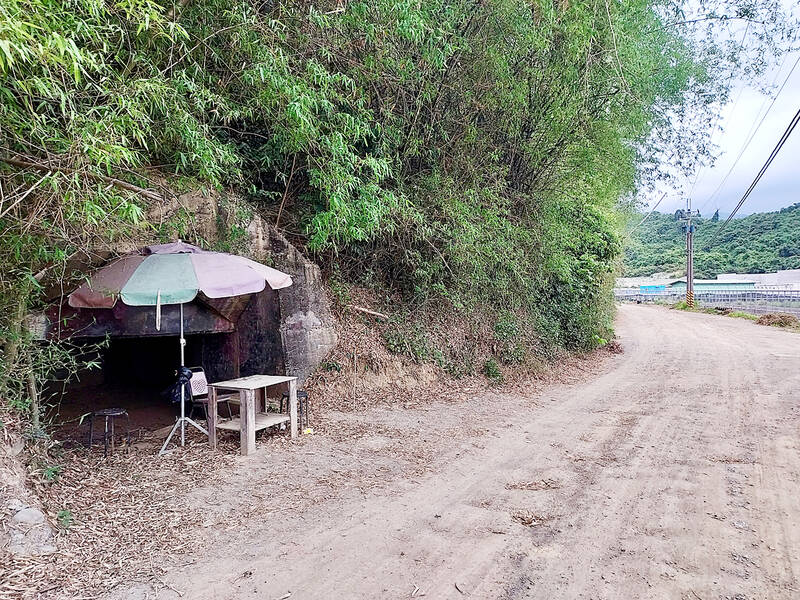
Photo: Tyler Cottenie
The entrance opens into the topmost of three gun emplacements arranged vertically down into the mountain, each with a wide-angled port allowing for artillery bombardment of the entire coast. Branching off of one of these levels is a narrow, steep staircase descending even further into the mountain. No daylight penetrates here and walking down into the musty darkness with only the bouncing illumination of a headlamp and the spider crickets on the wall for company can be a rather chilling experience. A dusty electrical cord with a bare incandescent bulb every few meters still lines the staircase wall.
After nearly 100 steps down into the Earth, the staircase opens into an enormous manmade tunnel. The smells and sounds of an active bat habitat are unmistakable. Bats hang from the tunnel ceiling and piles of guano cover the floor, while their chirping and fluttering are a welcome change from the oppressive silence of the stairwell. In one direction, this large tunnel has already caved in. In the other direction, however, daylight can be seen. Another large gun emplacement overlooking the coast sits at the end of this tunnel, now flooded from wall to wall. More corridors and rooms branch off from both sides of this tunnel, just waiting to be explored.
Anyone visiting the site in person should be aware that these fortifications are in no way maintained and there is no guarantee the fortifications won’t collapse. Some or all of the sites may also be located on private property. For those who’d rather not explore the site in person, a superb video about these fortifications, including a lengthy tour of their interior, is on GuanXi Taiwan’s YouTube channel and is entitled “The Lost Wartime Tunnels of Taiwan.”
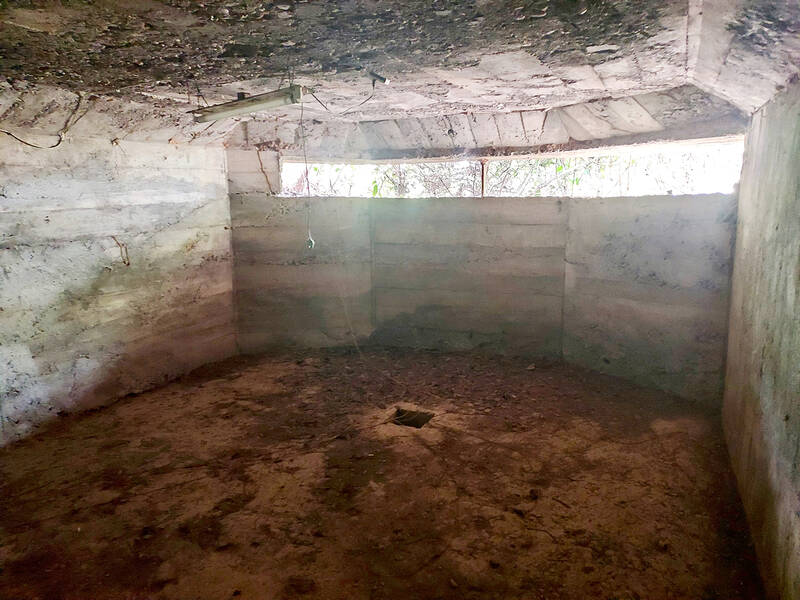
Photo: Tyler Cottenie
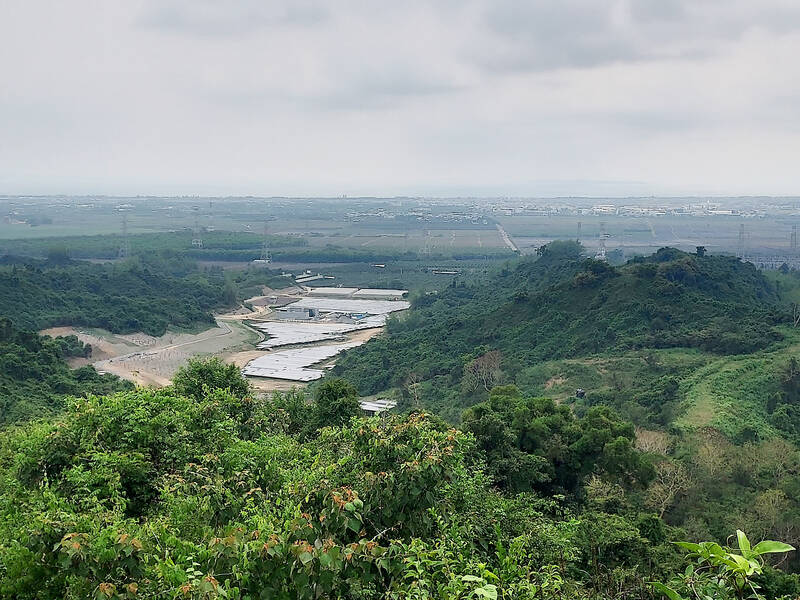
Photo: Tyler Cottenie
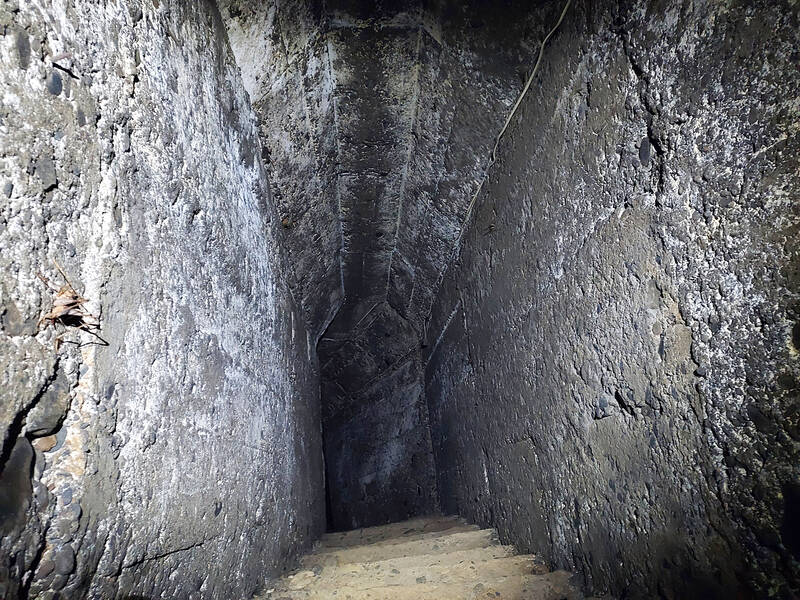
Photo: Tyler Cottenie
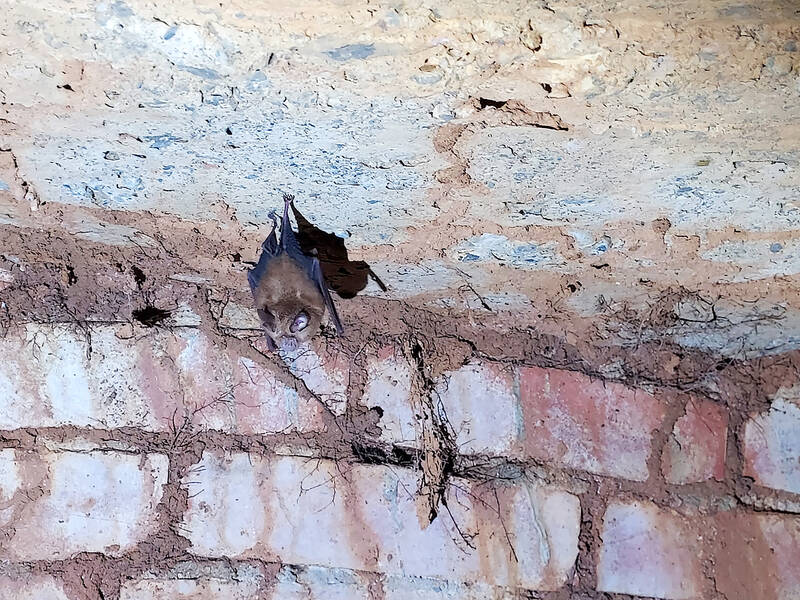
Photo: Tyler Cottenie
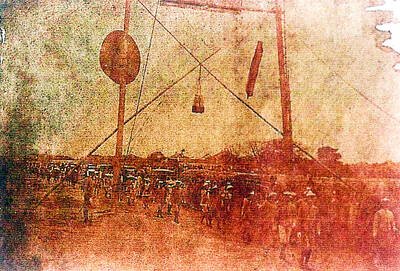
June 23 to June 29 After capturing the walled city of Hsinchu on June 22, 1895, the Japanese hoped to quickly push south and seize control of Taiwan’s entire west coast — but their advance was stalled for more than a month. Not only did local Hakka fighters continue to cause them headaches, resistance forces even attempted to retake the city three times. “We had planned to occupy Anping (Tainan) and Takao (Kaohsiung) as soon as possible, but ever since we took Hsinchu, nearby bandits proclaiming to be ‘righteous people’ (義民) have been destroying train tracks and electrical cables, and gathering in villages

Swooping low over the banks of a Nile River tributary, an aid flight run by retired American military officers released a stream of food-stuffed sacks over a town emptied by fighting in South Sudan, a country wracked by conflict. Last week’s air drop was the latest in a controversial development — private contracting firms led by former US intelligence officers and military veterans delivering aid to some of the world’s deadliest conflict zones, in operations organized with governments that are combatants in the conflicts. The moves are roiling the global aid community, which warns of a more militarized, politicized and profit-seeking trend

The wide-screen spectacle of Formula One gets a gleaming, rip-roaring workout in Joseph Kosinski’s F1, a fine-tuned machine of a movie that, in its most riveting racing scenes, approaches a kind of high-speed splendor. Kosinski, who last endeavored to put moviegoers in the seat of a fighter jet in Top Gun: Maverick, has moved to the open cockpits of Formula One with much the same affection, if not outright need, for speed. A lot of the same team is back. Jerry Bruckheimer produces. Ehren Kruger, a co-writer on Maverick, takes sole credit here. Hans Zimmer, a co-composer previously, supplies the thumping

Dr. Y. Tony Yang, Associate Dean of Health Policy and Population Science at George Washington University, argued last week in a piece for the Taipei Times about former president Ma Ying-jeou (馬英九) leading a student delegation to the People’s Republic of China (PRC) that, “The real question is not whether Ma’s visit helps or hurts Taiwan — it is why Taiwan lacks a sophisticated, multi-track approach to one of the most complex geopolitical relationships in the world” (“Ma’s Visit, DPP’s Blind Spot,” June 18, page 8). Yang contends that the Democratic Progressive Party (DPP) has a blind spot: “By treating any